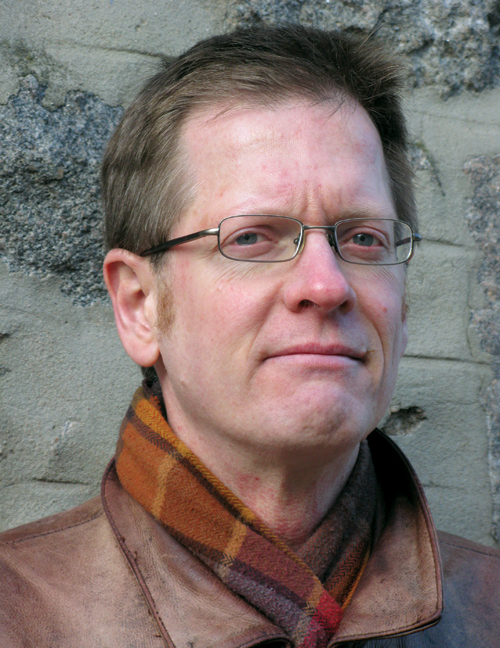[7-27]Computational Models of Referring and their place in Natural Language Generation
Date:2016-07-26
|
Title:Computational Models of Referring and their place in Natural Language Generation Speaker:Kees Van Deemter Time:2016-7-27 9:30-11:30am Venue:No.4 Meeting Room , Level 4, Bulding 5,ISCAS |
 |
Abstract:
I will start with a brief and informal introduction to Natural Language Generation (NLG), a technology that is increasingly being used in practical applications and that can also be used as a tool to sharpen our understanding of language and communication.
Following this informal introduction, I will focus on one component of an NLG system, namely Referring Expressions Generation, where an NLG program decides in what manner to refer to a target referent (e.g., whether to say “the red button”, or “the red button at the end of the corridor on your right”). I will introduce some classic algorithms in this area, discussing what these algorithms are able to do well and what it is that they still struggle to do. Next, I will use evidence from extensive experiments with human speakers and hearers to argue that the most difficult problems in this area arise from situations in which reference is something other than the "simple" identification of a referent through shared knowledge; I will give examples of these epistemically problematic situations, and of generation algorithms that address them.
The discussion of Referring Expressions Generation in this talk will reflect some of the main themes in my book "Computational Models of Referring: A Study in Cognitive Science", which has recently appeared with MIT Press (June 2016).
Bio:
I am an academic working in Computational Linguistics, a research area that belongs to both Artificial Intelligence and Cognitive Science. My main areas of expertise are Computational Semantics and Natural Language Generation. I've long taken an interest in logical and philosophical issues arising from this work; more recently I've collaborated extensively with psycholinguists interested in algorithmic models of human language production. I'm a member of Aberdeen's CLAN (Computational Linguistics in AberdeeN) group, also known as Aberdeen's Natural Language Generation group.
Some of my teaching is related to Natural Language Generation; other courses focus on topics in discrete mathematics that are relevant for students in Computing Science. My research centers around computational models of human communication, and around applications of these models to practical problems (e.g., automatically explaining "big data" in human language). One of my specific research interests is the computational generation of referring expressions, as when we say 'the inventor of the light bulb', or 'the large icon at the top of your screen'. I am intrigued by situations in which communication is (or appears to be) flawed, as when we use expressions that are ambiguous or vague.
Ambiguity was the topic of the collection "Semantic Ambiguity and Underspecification" (CSLI PUblications 1996, see review in Computational Linguistics). Vagueness is the focus of my book "Not Exactly: in Praise of Vagueness" (Oxford University Press 2010), which aims to reach people outside academia as well as within; in March 2016, a new Chinese translation of this book has come out.
